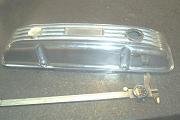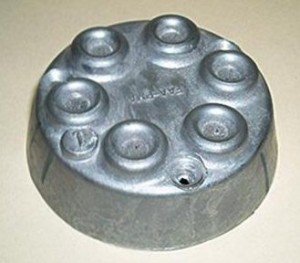The Basics of Die Casting Alloys
Die-casting is very similar to permanent mold casting, only that the metal which is injected into the mold undergoes higher pressures which amount to 10-210Mpa (1,450-30,500) psi. Because of this, the surface of the die-cast is very good; the dimensions are also much more accurate at 0.2% of casting dimension.
Die-casting may be done in two ways, either using a cold chamber process or by using a hot chamber process. Both differ in the time exposure of the melt which certain metals require either more or less. Cold chamber processes are usually used for aluminum and copper, also including its fellow die casting alloys. The metal is placed in the cold chamber for each shot and possesses less time exposure of the melt. Hot chamber processes usually are used for metals that have low melting points and high fluidity. This includes zinc, tin and lead. The die cavity is placed permanently in the molten metal. The inlet port of the pressurizing cylinder is uncovered as the plunger moves to its opening position. This allows a different charge of molten metal to fill the cavity.
Aluminum, Zinc and Copper are the die casting alloys that are mostly used in die-casting for various reasons. Die-castings are limited from 20kg to a maximum that is dependent on the metal. Large castings usually have greater porosity problems because of the trapped air and the premature solidifying of the die-cast cavity. In essence, many things must be taken into account when performing die-casts in order to ensure the quality of the metals. Die casting alloys ensure good quality and a great finish.
Review our Cast Parts Blog
gives information on how to get a Aluminum Castings and Zinc Castings. To get
Castings Prices look at this website if you are looking for Cast Aluminum Parts. This is where you find information on
Aluminum Casting Process.
Contact:
Cast Parts Die Casting Company
818-982-9386
Sales@Cast-Parts.com


